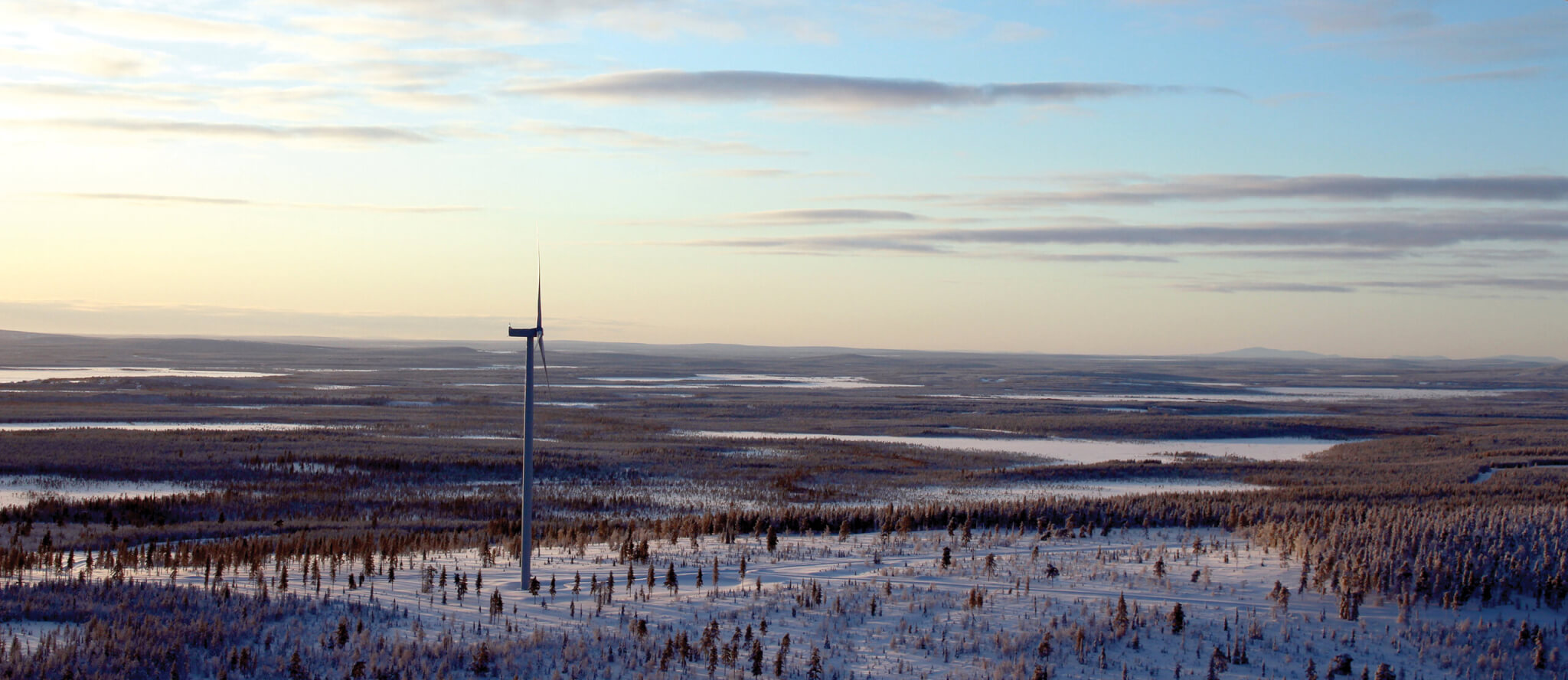The Finnish Defence Forces and wind power
All wind turbines with a total height of more than 50 meters need a positive statement from the Finnish Defense Forces before the wind power project can be built. This means that an industrial-sized wind farm always needs the approval of the Defense Forces. It is worth applying for the approval of the Defense Forces at a very early stage of the project. At the latest, it is needed at the spatial planning stage of the project. More information on applying for a permit can be found on the Defense Forces’ website at www.puolustusvoimat.fi/tuulivoimalahankkeet.
Please use this form if you wish to request a statement for a wind power project
STUVE
A statement from STUVE Oy is also required for all wind power statements before a statement can be obtained from the Finnish Defense Forces. The statement should be requested in time from: asiakaspalvelu.stuve (at) erillisverkot.fi.
Cables
When carrying out construction work, account must be taken of any Defense Forces cable lines in the area and in the vicinity. The location of any cable lines should be determined in good time, at least ten (10) business days prior to the intended construction. Cable screens for the Defense Forces are ordered from Johtotieto Oy (info (at) johtotieto.fi. / johtotietopankki.fi)
The Defense Forces will not pay for any relocations of existing cable routes, protection of cables during construction or other changes that may result from the spatial planning.

Radars and Finnish Defence Forces
Reconciling wind power with the territorial surveillance of the Defence Forces
The blade movements of wind turbines may disturb the territorial surveillance equipment of the Defence Forces, e.g. radars.
The Defence Forces are a key operator in Finland’s air surveillance and security. When planning wind power projects, it is important to request a statement from the Defence Forces already at an early stage because the Defence Forces’ rejection means that the project cannot go ahead. The Defence Forces gives a statement on all Finnish wind power projects that are above 50 metres in height. This helps to ensure that the location of wind turbines does not disturb the surveillance and security of the Finnish airspace.
A wind turbine may have a shading impact, i.e. a blind spot of a radar. In addition to shading, the moving blades of a wind turbine may produce an error signal in the radar. The error signal caused by blades can be resolved, for example, by coating the wind turbine blades.
The Finnish Defence Forces submits its statement to the wind power operator on the acceptability of the project in terms of territorial surveillance. The statement can be favourable or unfavourable, or the Defence Forces may request the operator to commission VTT Technical Research Centre of Finland to carry out more detailed calculations on the impacts of wind turbines on the sensors of the Defence Forces.
VTT performs accurate calculations and simulations for the Defence Forces in order to estimate how the wind turbines may impact the radar operations with various location and height alternatives. VTT submits the modelling results to the Finnish Defence Forces, which will submit a favourable or unfavourable statement on the wind power project on the basis of the modelling.
Minimum project procedure
The minimum project procedure that directs close cooperation between the authorities and wind power companies is complied with in Finland. The procedure enables early communication and cooperation, which is crucial in order to prevent and settle any problems.
Compensation area of the Bay of Bothnia
In Finland, there is one wind power compensation area laid down by law – the area is located in the municipalities of Hailuoto, Lumijoki, Raahe, Siikajoki and Pyhäjoki in the Bay of Bothnia, with a total area of 2,425 square metres. The purpose of the compensation area is to enable the construction of wind turbines so that Finland’s territorial surveillance and military aviation are not disturbed. An electricity producer operating in the compensation area is obliged to pay a wind power fee (so-called radar compensation fee) of 50,000 euros per turbine.
Promoting reconciliation
A working group between ministries is being launched in winter 2024 to seek solutions for reconciling the operations of wind turbines and the Defence Forces. Reconciling of wind turbines and radars would also provide an opportunity to have an influence on the surveillance of the Finnish airspace and to strengthen Finland’s territorial and airspace surveillance.